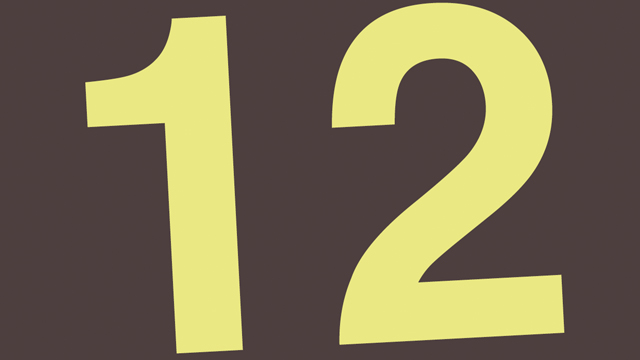“Become a Family Historian”
Celebrate Family History Month with this lesson plan that uses our vocabulary video, “A Dozen Cousins.” Students will fill out a graphic organizer with facts about the family described in the song. They’ll then come up with questions to ask a family member to learn more about their own family history. Students can alternately develop questions to ask a classmate for a “class history” project.

Students will:
- Learn or review 10 Tier 2 vocabulary words;
- Identify the kinds of questions used to gather information for a family history;
- Generate their own questions and interview a family member or classmate to learn more about their lives.
Standards
- CCSS.ELA-LITERACY.W.1.8
With guidance and support from adults, recall information from experiences or gather information from provided sources to answer a question.
- CCSS.ELA-LITERACY.W.2.8
Recall information from experiences or gather information from provided sources to answer a question.
- CCSS.ELA-LITERACY.W.1.2
Write informative/explanatory texts in which they name a topic, supply some facts about the topic, and provide some sense of closure.
- CCSS.ELA-LITERACY.W.2.2
Write informative/explanatory texts in which they introduce a topic, use facts and definitions to develop points, and provide a concluding statement or section.
- CCSS.ELA-LITERACY.W.3.2
Write informative/explanatory texts to examine a topic and convey ideas and information clearly.
Materials
- Flocabulary Word Up Turquoise vocabulary video, “A Dozen Cousins”
- Family history worksheet
Products Created
- Completed family history worksheet, including original questions and answers from an interview with a family member or classmate
Time
- 1-2 class periods
Sequence
- Ask students if they can define history, and guide them to a definition such as “events that happened in the past.” History can be about a certain place or subject, like American history or the history of your town. Given this definition, ask students what they think family history means. Summarize that family history is the study of our family members’ lives and the events that happened during them. October is Family History Month, which gives us the chance to learn more about and celebrate our family histories.
- Watch the Flocabulary Word Up Turquoise video, “A Dozen Cousins,” in which the narrator describes the members of his large family. This is part of the second grade level of Word Up, but the words can be used for older and younger grades, as well. As a class, discuss each cousin’s traits.
- Have students fill out page 1 of the family history worksheet, writing the name and a fact about each of the cousin from the song, like “Bruce built a house in the shape of a dome,” or “Kacie lives with her brother, Ronnie.” If the fact includes one of the vocabulary words from the song, have students write the definition, too.
- Explain that historians are people who study and write about history. To get information about the topic they’re studying, historians often ask people questions, or interview them. As a class, brainstorm the kinds of questions that the narrator of A Dozen Cousins may have asked his family members to get information for the song. Maybe he asked Monique, who is a farmer: “What jobs have you had?” He writes about how Jules, a runner, hurt her leg, so he may have asked her: “What was a challenge you faced in your life?”
- Tell students that they’re now going to have the chance to learn more about their own family histories. Have them brainstorm questions that they could ask one or more of their family members, like “Where did you grow up?” What did you do for fun as a kid?” “What jobs have you had?” and “What was the proudest moment in your life?” Alternately, you can have students create a “class history” and brainstorm questions to ask their classmates, instead of family members.
- Have students ask their family members or classmates the questions they’ve come up with and fill out page 2 of the family history worksheet. They’ll write the name of the person they interviewed, along with each question they asked and the answer they got. If any new vocabulary words come up in the answers, have students define them at the bottom of the worksheet.
- If time permits, have students share their interviews with the rest of the class.
Wrap Up/Extensions
- Using their questions and answers, have students write a short “history” of the person they interviewed in paragraph form.
- Make a family or class “history book” with students’ writing, and add it to your class library.
Guided Reflection
- “I used to think _______, and now I think _______.”
- “One thing I learned is __________, and one question I still have is _________.”